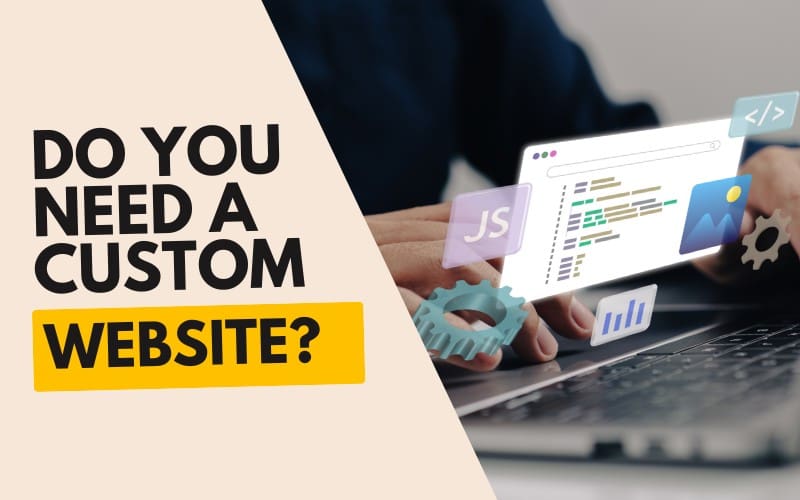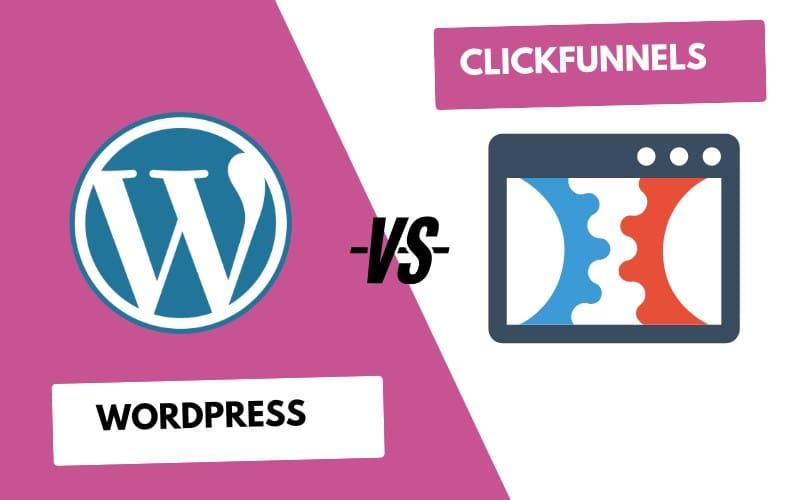A well-designed website not only helps maintain your online presence but also helps attract potential customers. You cannot add all possible features. Focusing on essential website features is key. Following a strategic website checklist ensures your site is both user-optimized and search-engine-optimized, setting you up for success.
1. Easy Navigation
One of the most important features of a website is its navigation. If users can’t navigate easily or have difficulty finding things, they’ll bounce back. Even if the design and everything is super perfect, it’s not gonna work if the navigation is not properly designed. Using breadcrumbs, which show the user’s path on the website, can further enhance the experience by making it clear where they are and how they can get back to previous pages.
Let’s take HubSpot as an example:

2. Mobile Responsiveness
Having a mobile-friendly website is crucial. A responsive website design is to ensure that everything looks functional and good on all devices from desktops to mobile phones. The top benefits of this accessibility are that you can reach a wider audience and provide a positive user experience.

3. Fast Loading Speed
Nobody likes to wait for a website to load. Slow loading times can drive visitors away and negatively impact your search engine ranking. On the other hand, if your website loads quickly, it can keep users engaged and improve your chances of ranking higher on search engines. Tools like Google PageSpeed Insights can help you measure and improve your website’s speed.
4. Clear Call to Action (CTA)
Strategically placed CTAs guide users on what to do next. Whether it’s “Buy Now,” “Get Started Free,” or “Contact Us,” clear CTAs can lead to higher conversion rates.

5. High-Quality Content
Providing valuable and relevant information helps engage your audience and also improves your search engine optimization (SEO). Make sure your content is well-written, informative, and regularly updated to keep your website fresh and relevant.
6. Strong Security Features
Security is a top priority for any website, especially for businesses that handle sensitive information. Having SSL certificates enabled, which encrypt data between the user and your website, can protect against data breaches and build trust with your visitors.

Secure payment gateways are also essential for e-commerce sites to ensure safe transactions. Also, use security plugins like Wordfence and All-in-One WP security to improve overall security.
7. Contact Information and Social Proof
Display your contact information clearly, such as phone numbers, email addresses, and physical addresses. It will make it easier for your users to contact. Additionally, adding positive reviews and testimonials from satisfied customers builds credibility and trust with potential clients.
8. User-Friendly Design
A visually appealing website with a clean design leaves a lasting impression on visitors. Also, consistency in branding, typography, colors, and images helps build brand identity and improves recognition.
9. Analytics and Tracking
Regularly monitoring and analyzing website data allows you to make decisions about improving user experience and driving results. Tracking website performance metrics like traffic sources, user behavior and conversion rates with analytics tools provides valuable insights for optimizing your website.

10. Product Support Guides
Product support guides are a must-have! These guides can be in the form of videos or articles. When customers have access to these guides, they can troubleshoot and find solutions on their own. Additionally, when customers use these guides to solve their problems, the requests to customer support automatically decrease. This helps the customer support team to focus on more complex issues. This results in reduced operational costs and improved efficiency.
Further, from an SEO perspective, product support guides are a valuable asset. Including relevant keywords and phrases within these guides can improve the website’s search engine ranking, making it easier for potential customers to find the site.
11. Blog Section
The blog section, firstly, is very important from an SEO perspective. Regularly updating the content helps improve search engine rankings and by targeting specific keywords, a blog attracts organic traffic to the website. This consistent stream of new content signals search engines that this website is active and valuable.
Additionally, the blog section helps build credibility. By sharing industry insights and well-researched articles on relevant topics, a website positions itself as an industry leader.
More importantly, it adds a personal touch to a website by allowing you to share stories, values, and culture, making it more human.
12. Unique, Client-Centric Perspective

- Monitoring and Tracking
Regularly monitoring and analyzing website data allows you to make decisions about improving user experience and driving results. Tracking website performance metrics like traffic sources, user behavior and conversion rates with analytics tools provides valuable insights for optimizing your website. - Integration with Marketing Tools
If you want to boost your marketing efforts, integrate marketing tools like email marketing, social media and customer relationship management (CRM) into your website. This integration will help you in 2 ways:
– Better communication with the user
– More efficient marketing campaigns lead to better ROI - Future-Proof Design
As business grows, the needs evolve and websites grow with it. Having a scalable and future-proof design means that your website can adapt to the future and you can add more features easily to it. This flexibility makes sure your website remains functional and relevant over time.
Final Words
The features I listed, if you consider them as must-haves, not only your search engine rankings will improve but also your website will be a credible source for your audience.
Don’t miss the latest news and updates from Digillex, we are working on providing you with the best industry trends.
Ready to Optimize Your Website Like a Pro?
FAQs
What are the features of a good website?
A good website is easy to navigate, mobile-responsive, fast-loading, and secure. It includes clear CTAs, high-quality content, and up-to-date product support or blog sections and offer a smooth user experience.
What makes an effective website design?
An effective website design grabs attention but doesn’t distract. It focuses on usability, clear layout, readable fonts, consistent branding, and intuitive structure. It guides the visitor without making them think too hard, while also aligning with your business goals.
What are the weaknesses of a website?
Weaknesses usually include poor navigation, slow loading speed, cluttered design, lack of mobile responsiveness, outdated content, and missing CTAs. These issues can drive users away and lower your search rankings.
What should a good website look like?
A good website should look clean, organized, and consistent with your brand identity. It should feel modern without overdoing effects. The layout prioritizes usability, ensuring visitors can find what they need without confusion.
How to determine if a site is reliable?
Check if the website uses HTTPS (a padlock in the browser), displays clear contact info, includes privacy and security policies, and features genuine testimonials or reviews. Reliable websites also keep their content updated and link to credible sources.






